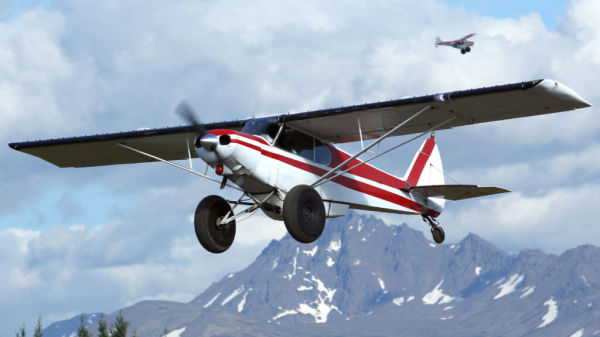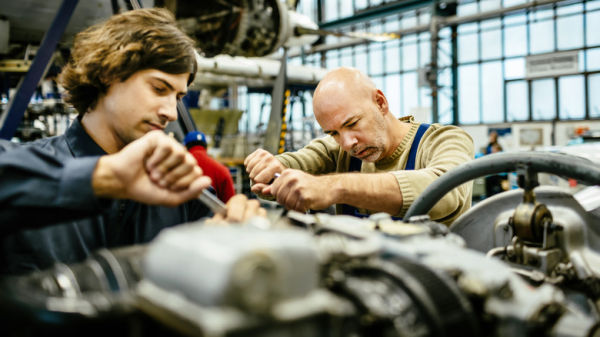If you’ve ever taken a closer look at small planes or seen one being maintained, you might have spotted something interesting under the hood. The engine layout is often wide and flat, and not stacked vertically as you’d expect to see in a car. But believe it or not, this side-to-side setup is used in some of the coolest cars, and it actually plays a big role in how aircraft perform.
Named for the pistons’ opposite movement resembling two fighters throwing punches, these “boxer” engines power the plane’s propeller. Though they may not be as impressive as some of the most expensive jet engines ever made, boxers run smoothly, and they don’t shake the plane as much. Because of this, they make for a more comfortable flight while keeping the aircraft in good shape over time. They’re also lighter than some other engines, which is a big plus for a smaller plane, where every bit of weight matters when up in the air.
Another benefit of this flat, sideways design is better cooling once the engine gets going. Boxer engines spread oil and coolant evenly through the engine, instead of allowing them to pool at the bottom like in a vertical engine. Plus, because they sit lower and flatter, the power flows more directly through the parts that make the propeller turn, helping everything work smoothly.
Boxer engines have some disadvantages
While it’s the engine of choice for Subaru cars, the horizontally opposed boxer usually doesn’t deliver as much power as some other engine types, at least in airplanes. That’s why you mostly find them in smaller planes, as bigger aircraft often need engines that can pack a stronger punch. Because they have two cylinder heads, one on each side, boxers are also more complicated than a straight engine with only one cylinder. This means boxer engines can be trickier to build and maintain.
Having two cylinder heads means doubling up on valvetrain and cooling components, which can drive up manufacturing costs. This can make boxer engines more expensive to repair. The engine’s wider shape can make it harder to fit in certain aircraft designs as well, as the broader profile often limits where the engine can be placed.
Despite their disadvantages, there is still a demand for boxer engines in small planes because of their power and reliability. For many pilots and manufacturers, the smooth performance and lightweight benefits are well worth the trade-offs.









